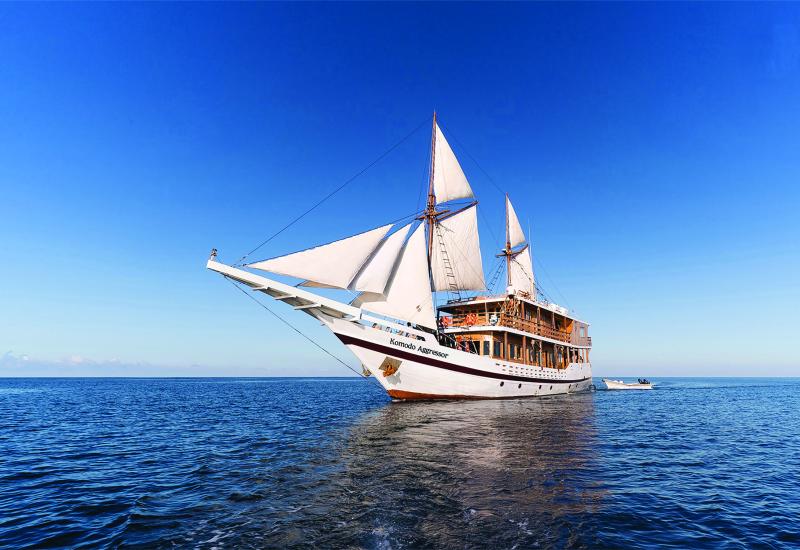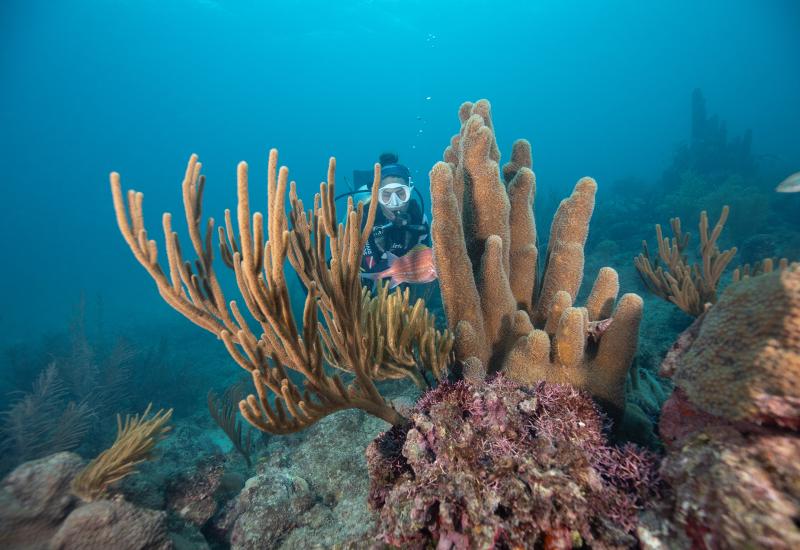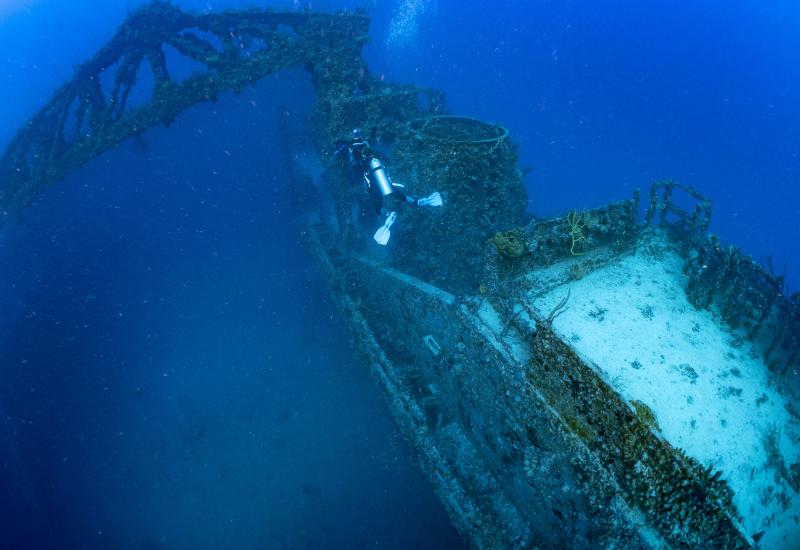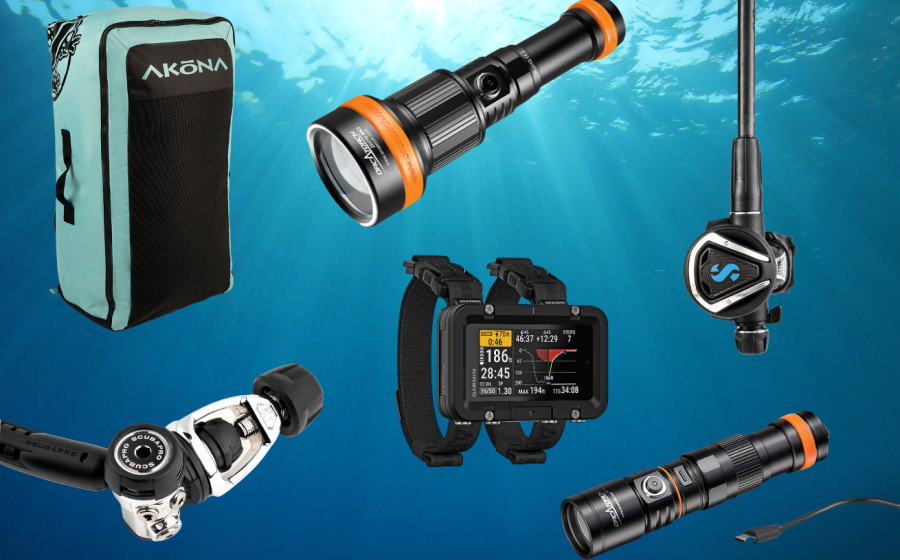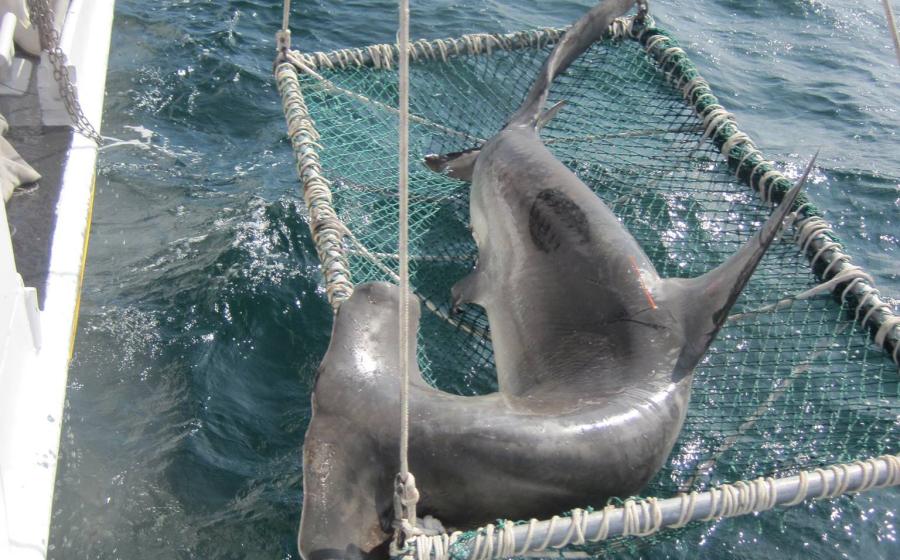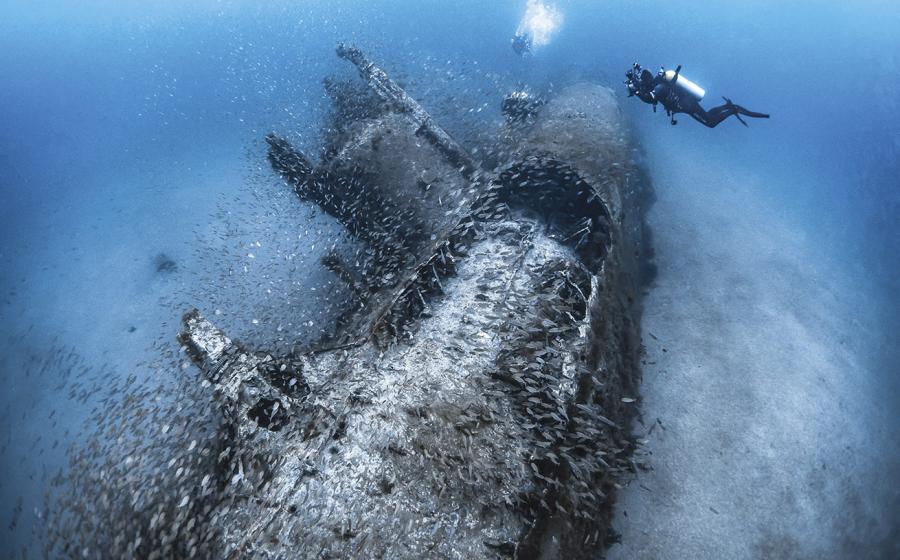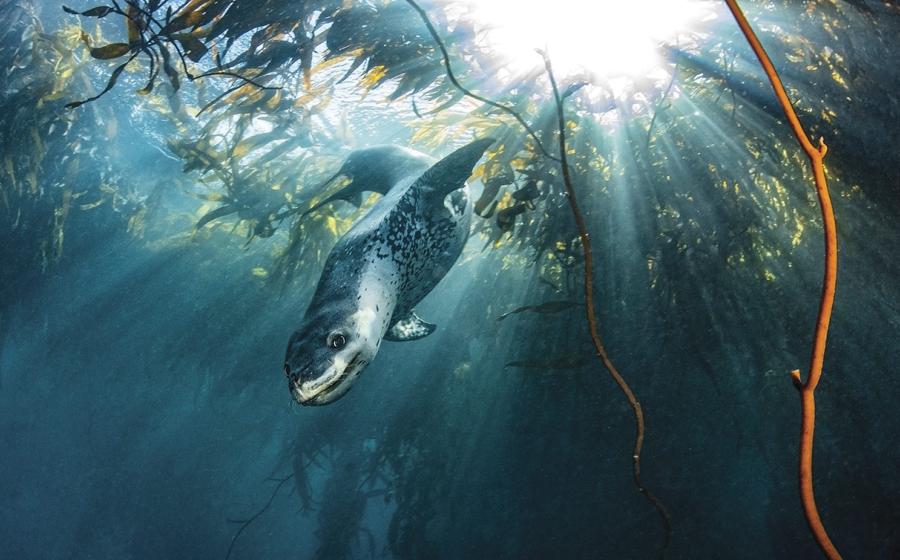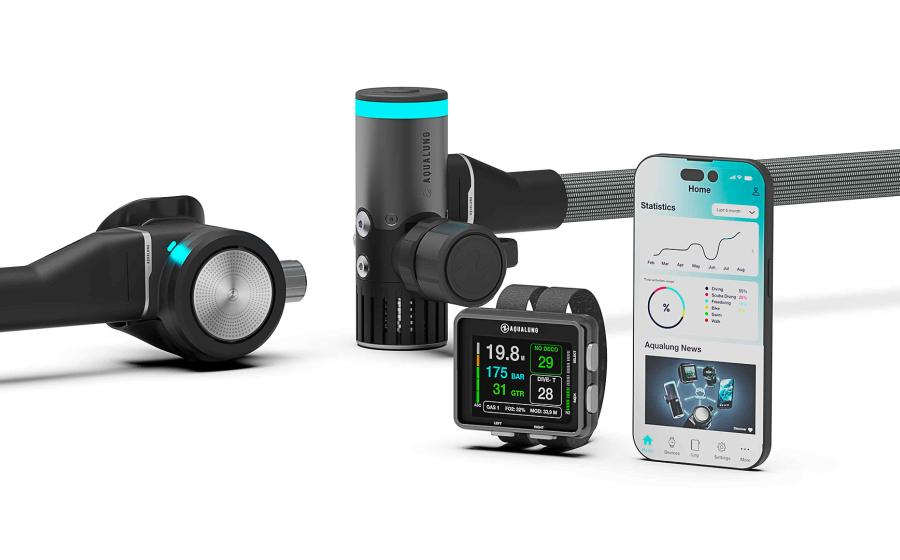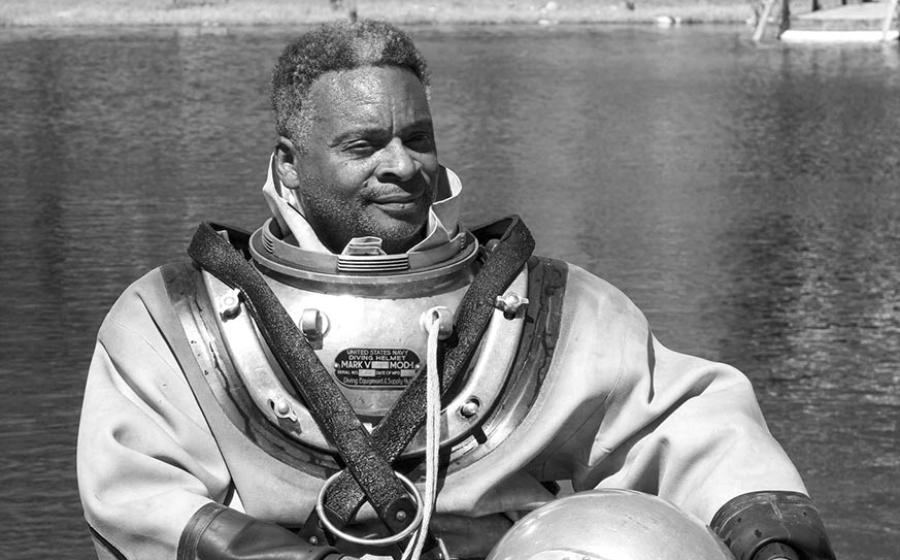9 Awe-Inspiring Archipelagos
Just the sound of that evocative word sets our tribe dreaming of coastlines skirted with reefs and cut through with thrilling passes that beg for a drift dive. These jewel-like clusters linked by a watery chain are strung out all over the planet. But for divers, all archipelagos are not created equal. Follow our lead to nine of the most awe-inspiring of the bunch.
Just the sound of that evocative word sets our tribe dreaming of coastlines skirted with reefs and cut through with thrilling passes that beg for a drift dive. These jewel-like clusters linked by a watery chain are strung out all over the planet. But for divers, all archipelagos are not created equal. Follow our lead to nine of the most awe-inspiring of the bunch.
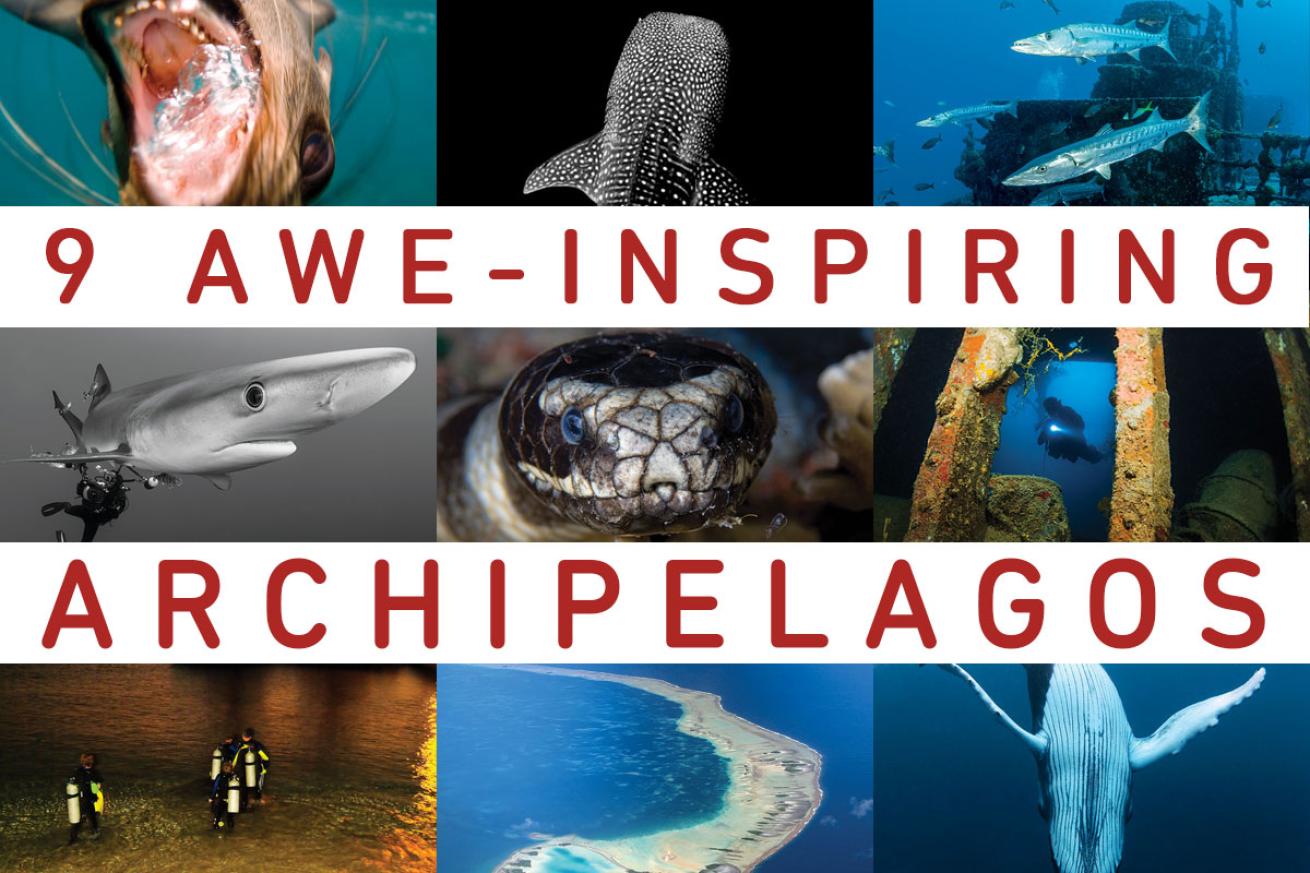
Scuba DivingWhy dive one island when you can dive a dozen? Discover the best archipelagos for big-time diving.
1. Galapagos
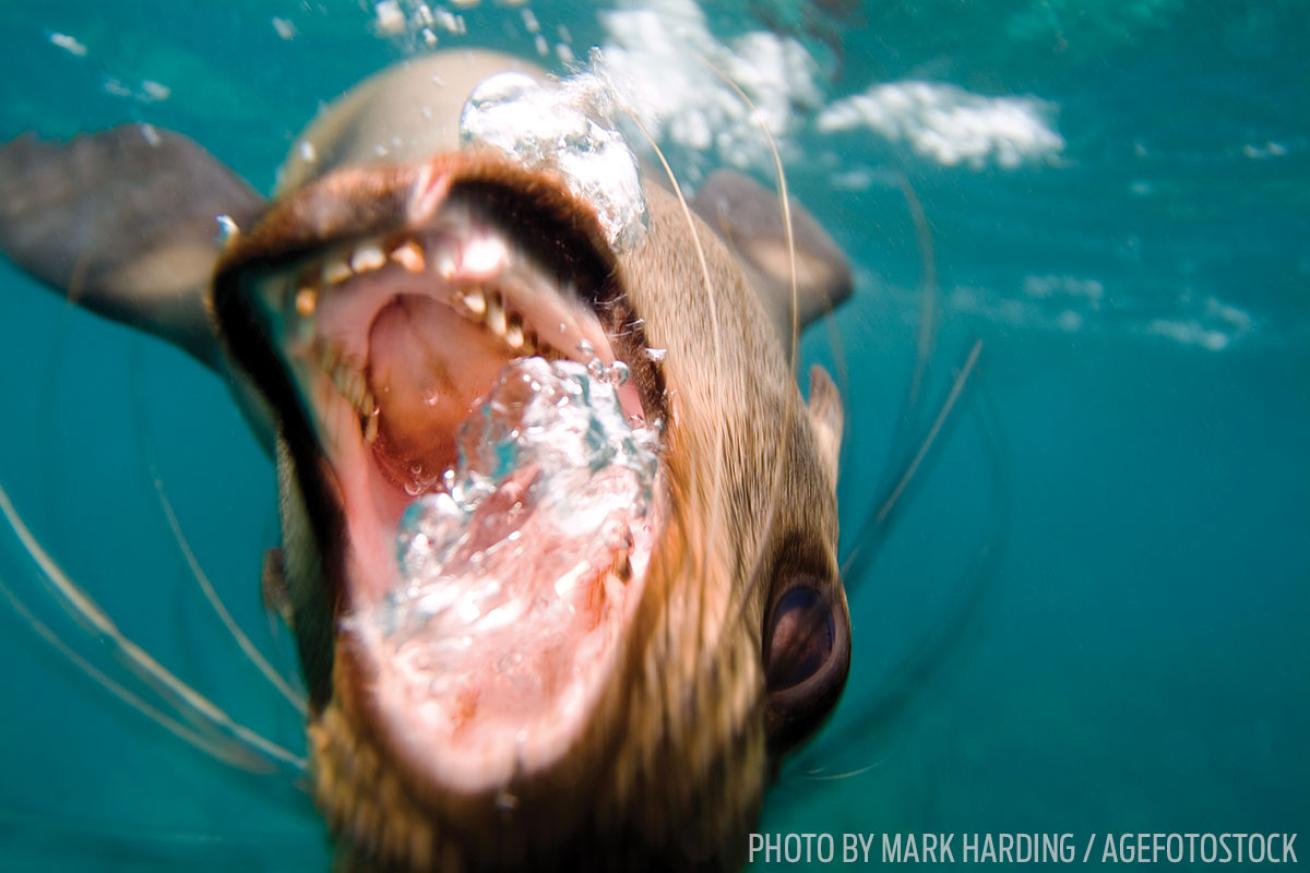
Mark Harding/AGEFOTOSTOCKSanta Cruz to Darwin to Wolf
There you are, diving in a tropical destination, enjoying the short-suit freedom of it all, and guaranteed someone’s going to shatter your balmy reverie with tales of the all-the-more-epic cold-water diving in the Galapagos Islands. Dives in the place Darwin made famous are fodder for the best bucket lists. And if there’s one archipelago where it’s worth layering on the rubber to get in the water, it’s here. Off the southeast coast of Darwin Island and accessible only by liveaboard is Darwin’s Arch, which is often referred to as the best dive in the world. If big animals thrill you, prepare for sensory overload — schooling hammerheads, whale sharks, veritable bottlenecks of sea turtles, and even tiger sharks can easily be spotted on a single dive here. On both Darwin and Wolf Island you can expect to see mesmerizing Galapagos sharks gliding through the crystal-clear water. If pinnipeds are what you’re searching for, Gordon Rocks is the place to be. Frolic with cheeky Galapagos sea lions and fur seals that often zoom in close to your mask for a better view. Then, of course, there are the lunar topside landscapes of the archipelago to inspire your awe, along with resident marine iguanas, giant tortoises and blue-footed boobies. You can pinch yourself, but you’re not dreaming. Diving in the Galapagos Islands is pure magic from every angle.
GO NOW Dive Center Academy Bay; academybaydiving.com
2. Indonesia
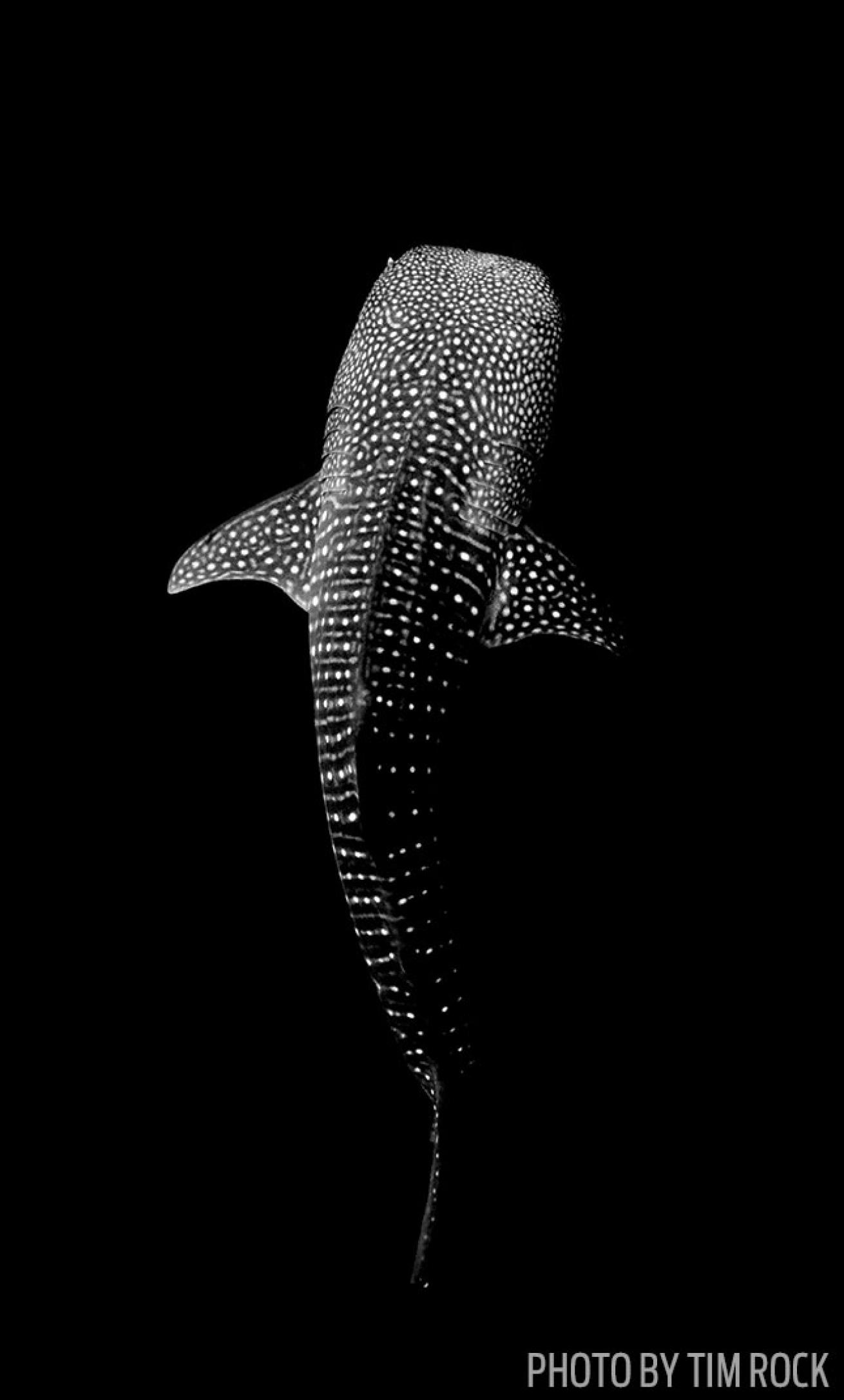
Tim RockSulawesi to Raja Ampat
Imagine an area the size of Australia, with only a fifth of it covered by land, and the rest awash with beautiful blue ocean and dazzling coral gardens. Indonesia, the world’s largest archipelago, boggles the mind with over 17,000 islands strung across 3,000 miles. For divers, the blockbuster destinations are almost too many to name. Most epic among them is Raja Ampat, far east in the archipelago, at the bull’s-eye of both the Coral Triangle and the world’s marine biodiversity. “Over the course of 24 hours at Misool, we dived with manta rays, pygmy seahorses and barracudas,” remembers German dive writer Astrid Daerr from a recent liveaboard trip to Raja. “We saw dolphins and the blows of whales too.” At West Papua’s Cenderawasih Bay, whale sharks wait just below the surface to dine on fish left behind by local fishermen. The striking walls of anemones on Bunaken Island of North Sulawesi make for a heady contrast to the muck-diving paradise of Lembeh Strait, where things like mimic octopuses and bobbit worms rise from the black silty bottom. For diversity topside and below, there’s no place like Indo.
GO NOW The Arenui Boutique Liveaboard; thearenui.com
3. Florida Keys
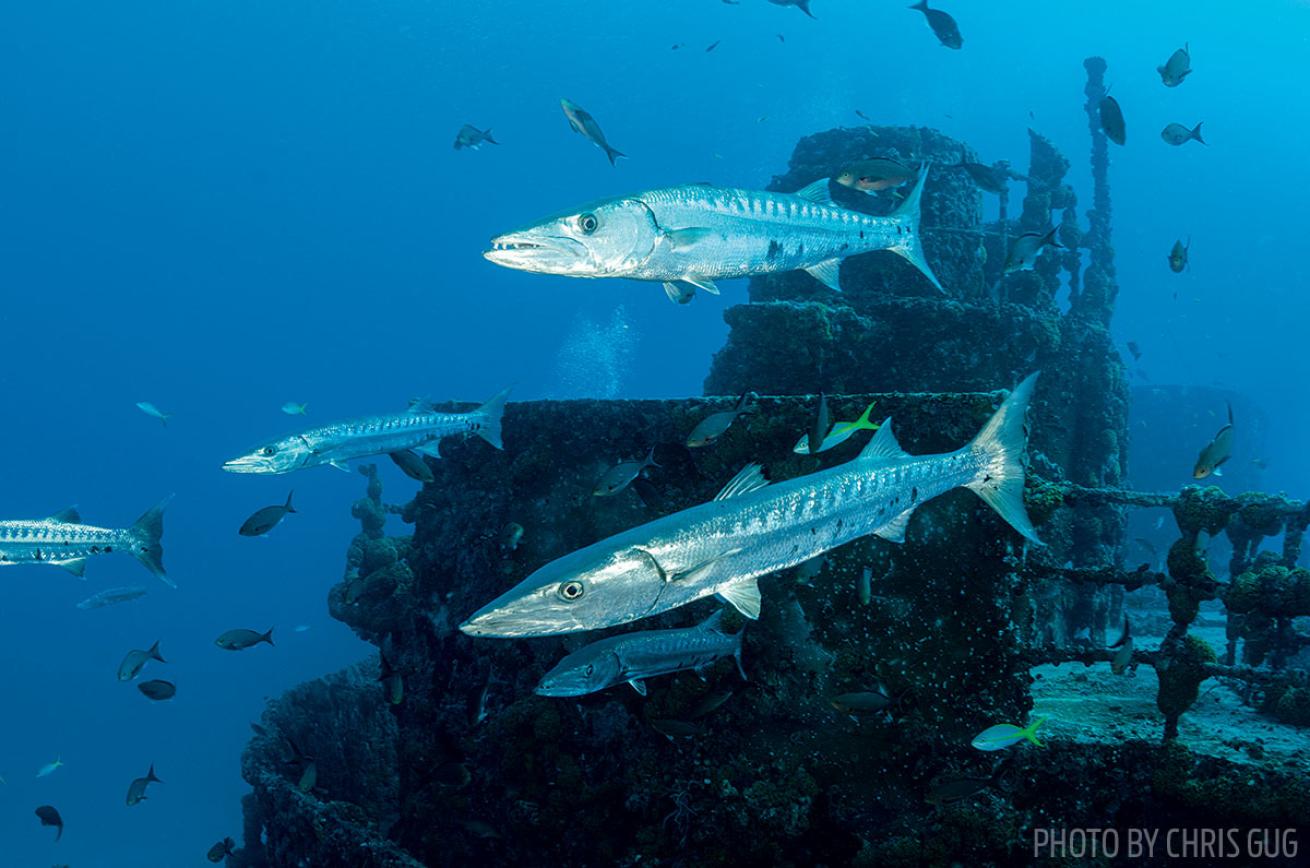
Chris GugKey Largo to Key West
The Wreck Trek stretches the length of the Keys; rainbow-colored coral wonderlands like the one at John Pennekamp Coral Reef State Park pair with an island vibe to make the Florida Keys our favorite East Coast archipelago. Where that diversity of diving meets the sheer quirkiness of the Keys’ topside attractions, fun is bound to ensue. One morning you may find yourself swimming among schooling bar jack or spotting a passing goliath grouper on the 510-foot-long Spiegel Grove shipwreck, some 6 miles off Key Largo. The next day might find you hand-feeding tarpon at Robbie’s Marina or frolicking at just 30 feet between spur-and-groove formations of Key West, scouting for sleeping nurse sharks and sea turtles among the sponges and fans. Night dives are stellar in these parts too, with beautiful basket starfish unfurling atop the reefs to magical effect. Your attention will likely be pulled back topside as the day winds down, with sunset celebrations playing out everywhere from Mallory Square in Key West to roadside marina bars and tiki huts in the Middle and Upper Keys.
GO NOW Ocean Divers; oceandivers.com
4. Azores
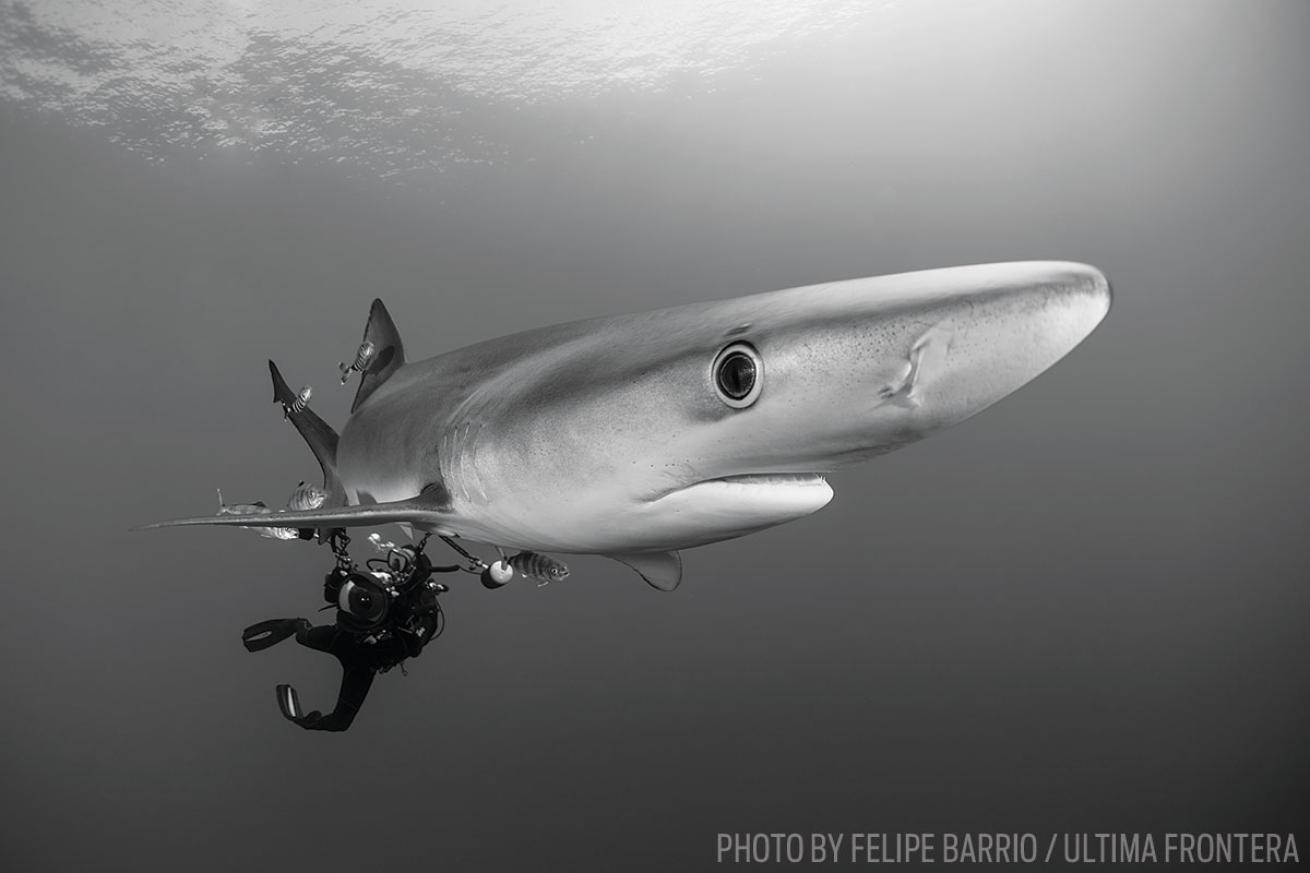
Felipe Barrio / Ultima FronteraFlores to Pico to Sao Miguel
Divers who venture to the weather-beaten but otherworldly Azores — picture a landscape that mixes New Zealand and Hawaii with the architecture of old Europe, about 900 miles of the coast of Lisbon — will be rewarded for their own journey to the mid-Atlantic. “Anything goes, but nothing is guaranteed here,” says underwater photographer Daniel Brinckmann, who has made multiple journeys to the remote region to dive with Risso’s dolphins, blue and mako sharks, and schooling mobula rays that call these waters home. Several deep seamounts like Princess Alice Bank and Condor Bank draw migratory species like loggerhead turtles, billfshes, and whales for stopovers on Gulf Stream journeys. Resident sperm whales — which require strict permits to dive with but can be spotted from dive boats — are the most legendary locals.
GO NOW Dive Azores; diveazores.net
5. Andaman Islands
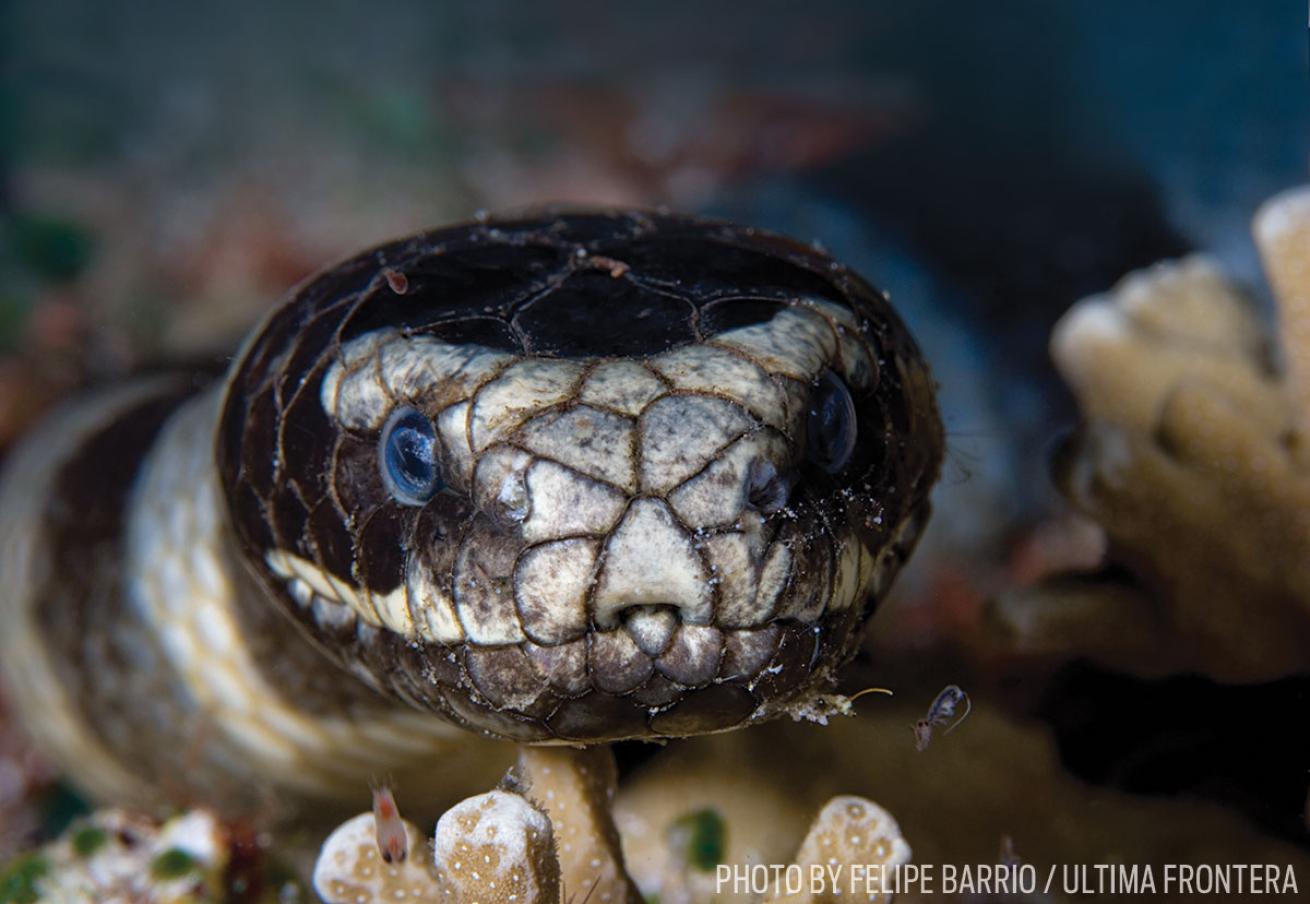
Felipe Barrio / Ultima FronteraNorth, Middle, Little and South
This Bay of Bengal archipelago belongs to Myanmar and India, which lies 850 miles to the west, but the Andaman Islands are actually situated closer to the Thai coast — a cultural crossroads, in other words, that happens to intersect a diver’s dream. Together with the neighboring islands of Nicobar, the Andamans count 572 islands among them; surrounding those islands are some of the most pristine dive sites you can imagine in an area that’s considered one of the sport’s last tropical frontiers. You’ll have to travel by liveaboard to reach dive sites around the black walls of Barren Island (South Asia’s only active volcano), where you’ll fin alongside graceful manta rays, whitetip reef sharks and banded sea snakes. The Andamans’ southern islands of Cinque, Sisters and Passage are known for their bioluminescent waters, abundant sharks, and slopes covered with fans and sponges. For land-based diving, head to Havelock Island, a tropical idyll that’s a perfect base for day-trip dives to spot Napoleon wrasses, trippy nudibranchs, clouds of fusiliers and abundant sea turtles that define Indian Ocean diving at its apex.
GO NOW Barefoot Scuba; diveandamans.com
6. Philippines
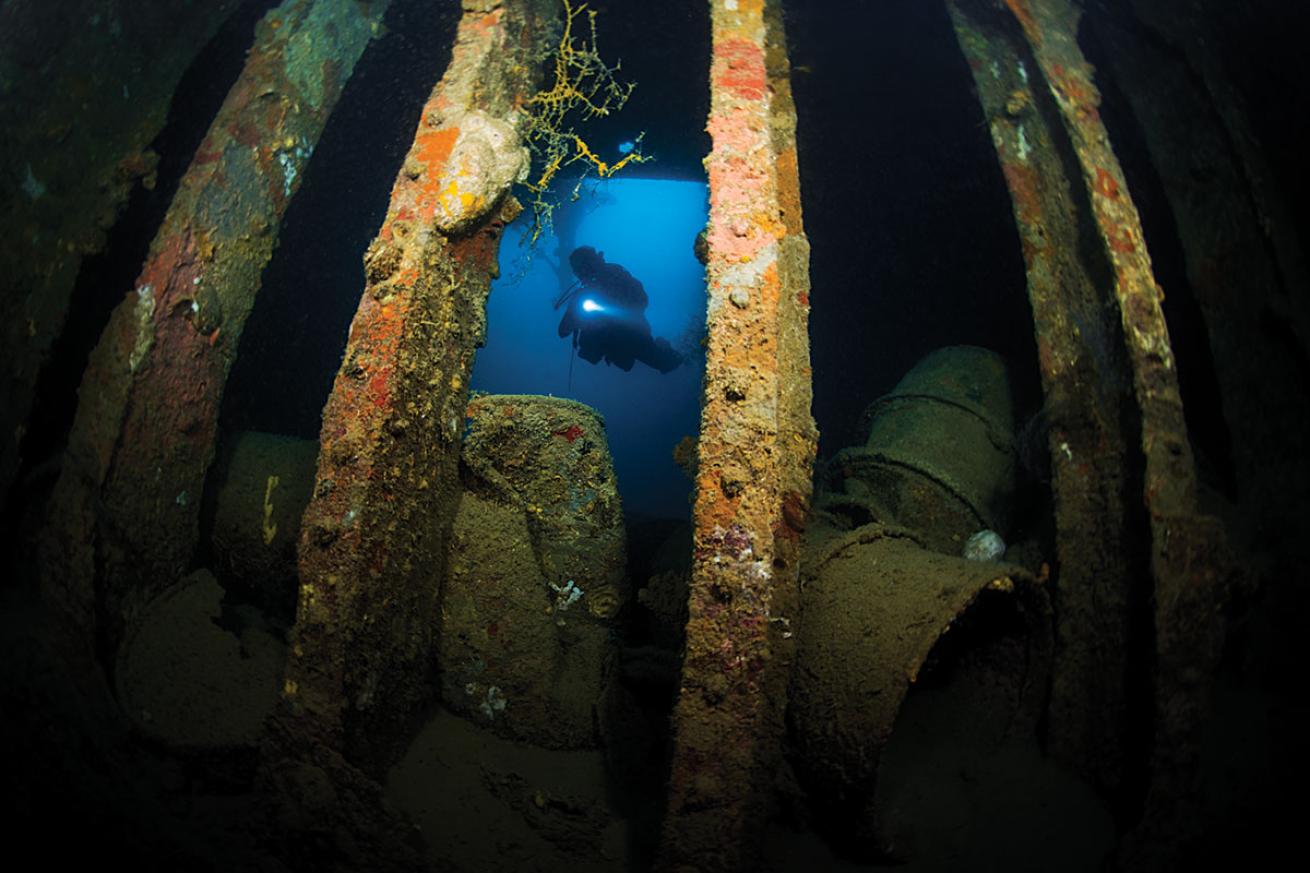
Charo Gertrudix/ Ultima FronteraLuzon to Malapascua to Coron and Beyond
Volcanic islands, coral islands, sponge-covered reefs, rocky pinnacles and sandy atolls — and that’s just scratching the surface here. You can fantasize about any kind of diving, and it’s likely that the vast archipelago of the Philippines — with more than 7,100 islands plied by all manner of liveaboards and dotted with dive resorts — has an underwater wonderland to meet your dreams. Photography buffs in search of the South China Sea’s wildest macro subjects make for Anilao on the island of Luzon to spot such oddities as painted frogfsh, Spanish dancers and saw-blade shrimp. The incredible dive sites around Malapascua offer thrills of every shape and size, from thresher sharks that can reach up to 12 feet in length to cheeky mandarinfsh that flaunt their colors (and frustrate your macro lens with their shyness) once dusk begins to fall. Coron Bay, between Culion and Coron islands, draws wreck divers with its cache of Japanese ships like the Tangat, which sank here during World War II. And from December through May every year, whale sharks cruise the currents of Donsol, on Luzon, to gorge on plankton in the upwellings. It’s a feast for the senses, in every sense of the word.
GO NOW Turtle Bay Dive Resort; turtlebaydiveresort.com
7. ABC Islands
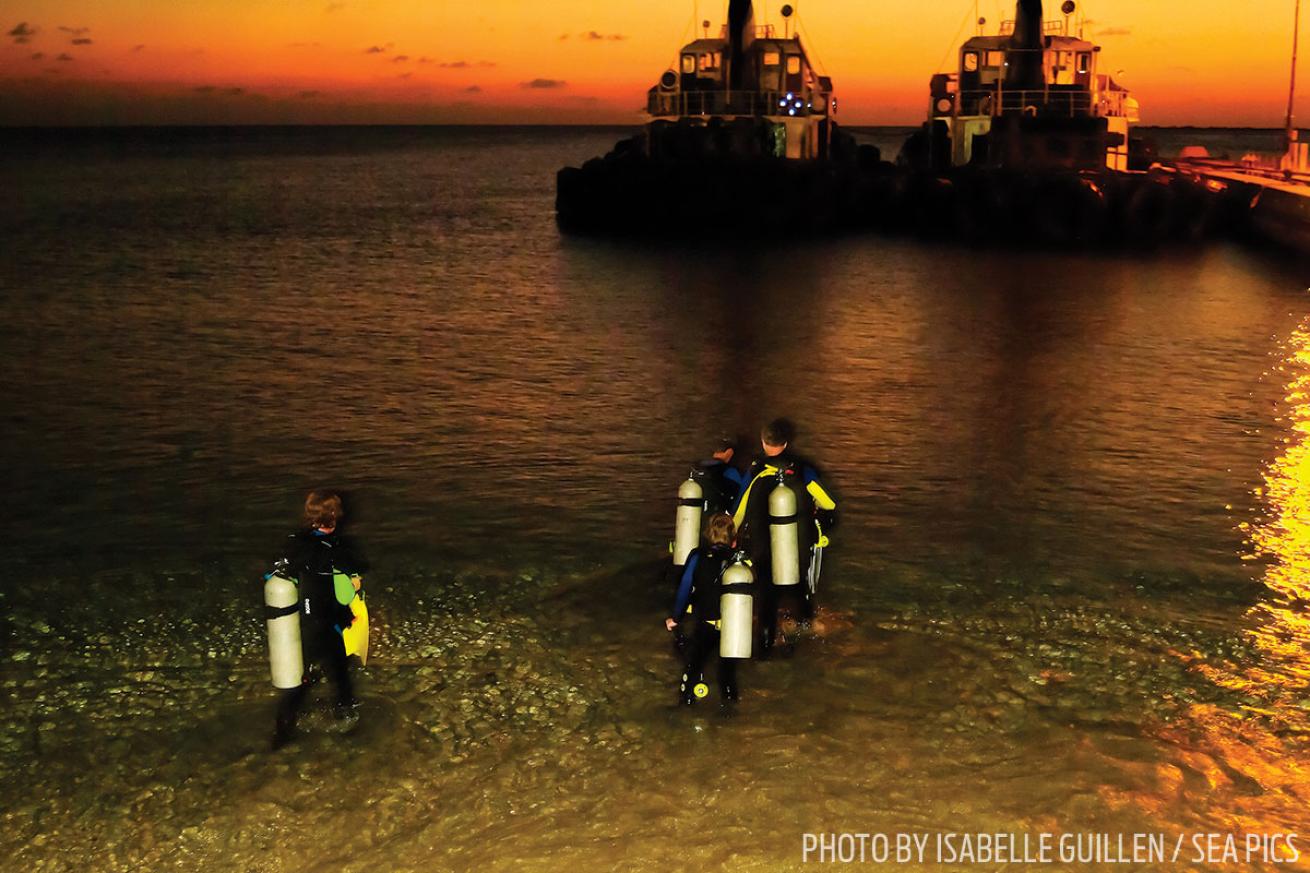
Amar and Isabelle Guillen/SeaPicsAruba, Bonaire and Curaçao
Painted with a swirl of Spanish, Dutch, Portuguese and English influences, this string of three islands in the Dutch Caribbean — Aruba, Bonaire and Curaçao — lies below the hurricane belt in a reef-fringed zone rife with marine life. In Aruba, you can fin over the sponge-carpeted skeleton of the 400-foot Antilla cargo ship, where you’ll encounter blue wrasses, schooling angelfsh and yellowtail snapper. One island to the east, in Curaçao, the water is as turquoise as the liqueur of the same name. There, dive sites like the Superior Producer shipwreck and Barracuda Point support resident sea turtles, jacks, and enormous barracuda prone to follow you as you dive. The best of the bunch for divers, however, is Bonaire. Abundant marine life and vibrant coral reefs abound at this iconic island, located farthest east in the archipelago. The entire shoreline is protected as part of the Bonaire National Marine Park, and you can access more than 60 excellent dive sites directly from the shore, no boat required.
GO NOW Buddy Dive Resort; buddydive.com
8. Tuamotu Archipelago, French Polynesia
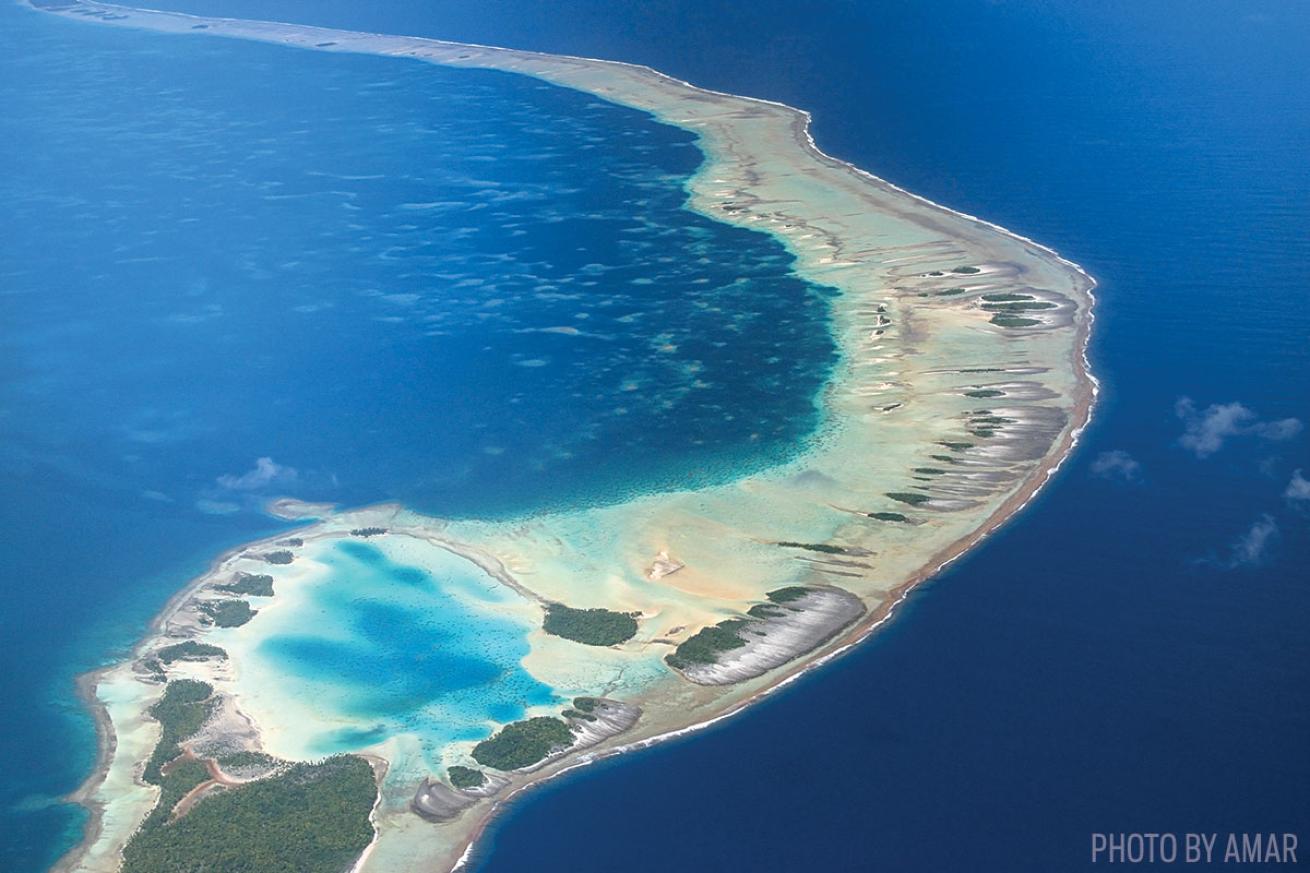
ShutterstockFakarava to Rangiroa
Many dive destinations can rightly claim to have sharks en masse, but few places put on quite the sharky show of the rip-roaring passages of the Tuamotus. This archipelago of more than 70 atolls that belong to French Polynesia is only about an eight-hour fight from Los Angeles (to its capital, Papeete), but the diving makes it seem like a whole different world. Atolls like Rangiroa and Fakarava are thin doughnuts of sand and coral reef, cut through with passages patrolled by thousands of gray reef sharks. You’ll spot it as soon as you dive in — a wall of sharks that stretches from the surface to far, far below the 80-foot-or-so range of your visibility. On a single dive in passages like Tetamanu (the legendary south pass in Fakarava) and Tiputa Pass in Rangiroa you can easily see huge aggregations of gray sharks, a great hammerhead, manta rays and dolphins on a single tank. And when you rush into the lagoon at the end of the dive, carpets of colorful corals are awash with every manner of reef fsh to make your segue back topside all the more bearable.
GO NOW Top Dive; topdive.com
9. Turks and Caicos
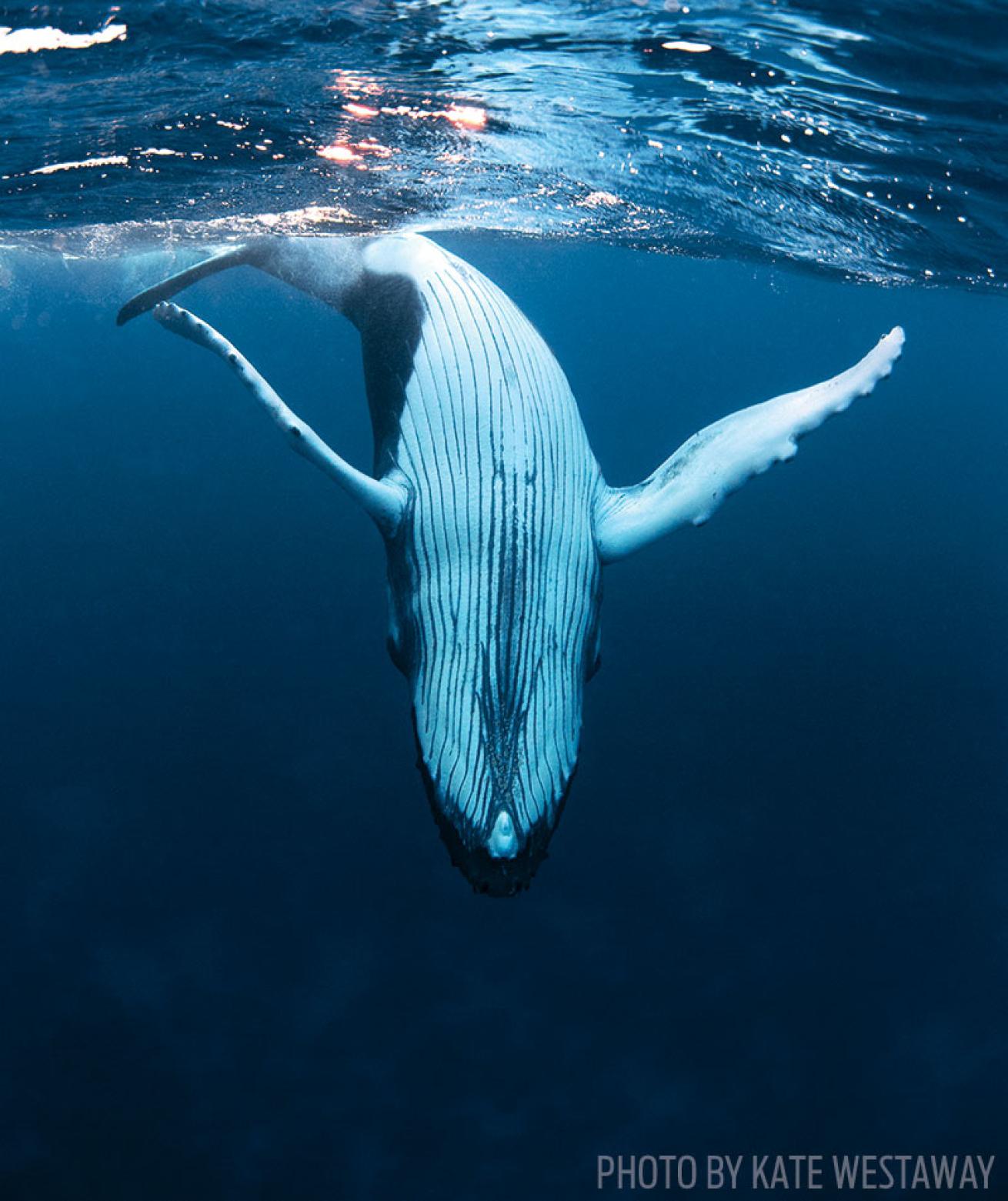
Kate WestawayProvidenciales to Salt Cay to Grand Turk
Together with the islands of the Bahamas, the Turks and Caicos are part of the Lucayan Archipelago, also known as the Bahamas Archipelago. It’s a lot to rattle off in geography class, but what it really comes down to is this: colorful fringing reefs, plunging walls, and intoxicatingly blue water that’s a window onto some potentially very, very big animals. Every year, from January through early April, Caribbean humpback whales migrate through the Turks Head Passage on their way to the Silver Banks of the Dominican Republic, treating divers to one of the sport’s most thrilling shows. Closer to Providenciales you can spend your days diving ledges decorated with elephant ear sponges, and sheer walls that vibrate with swaying fans and thousands of fish. From eagle rays and Caribbean reef sharks to abundant macro subjects, the marine life spans the spectrum in water so gin clear, you’ll want to give it a lime twist.
GO NOW Aggressor and Dancer Fleet; aggressor.com
Three More Archipelagos
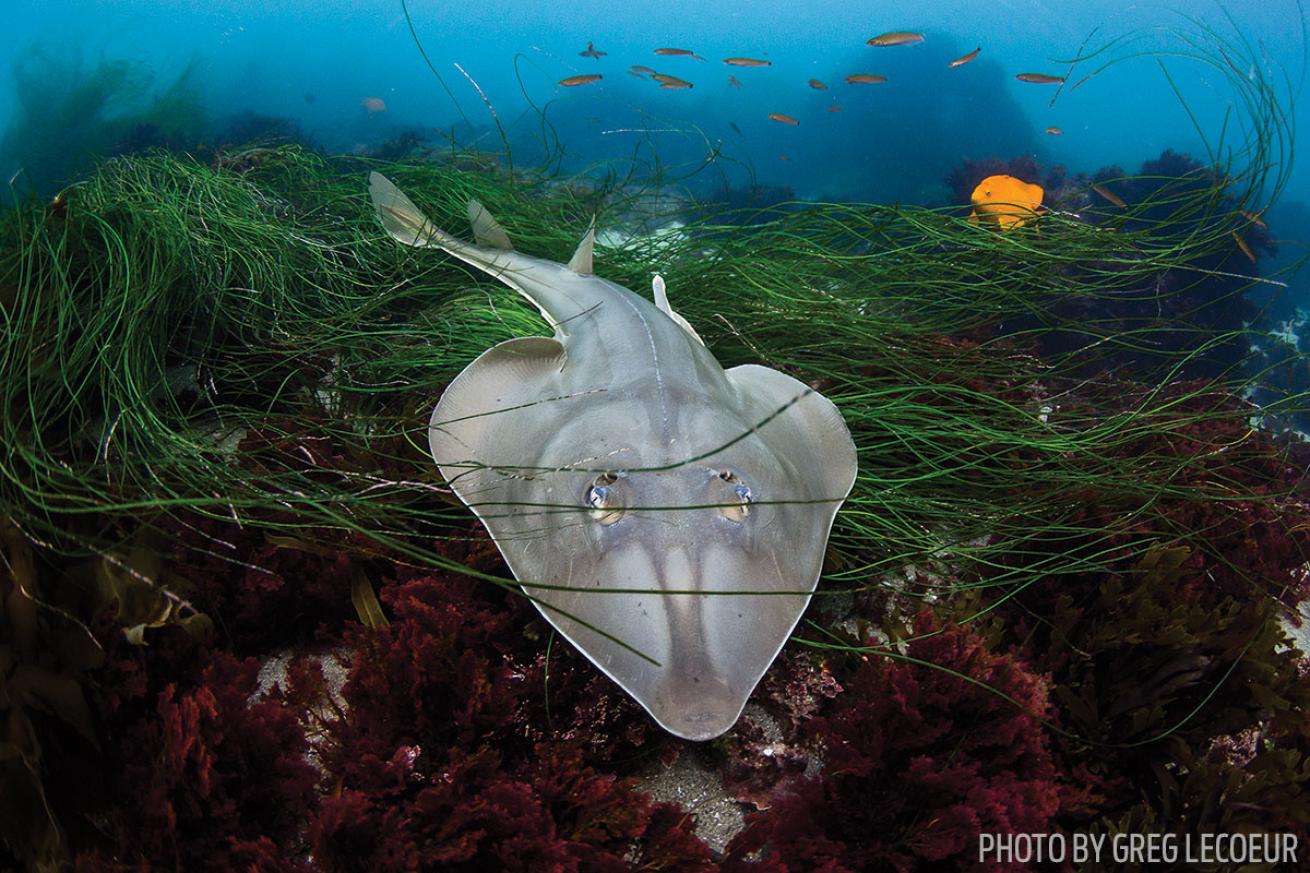
Greg LecoeurArchipelago, Channel Islands
Channel Islands
The eight islands due west of Santa Barbara of the California coast are a kelp forest wonderland where you’ll often spot angel and horn sharks.
St. Vincent and the Grenadines
Macro fans love the Caribbean’s “Critter Capital.” Dives at Critter Corner regularly feature frogfish, flying gurnards and long-snout seahorses.
Bahamas
If sharks are what you’re looking for, the Bahamas delivers in spades — from the bulls and tigers of Bimini and the reef sharks of Nassau to blue-water dives to spot oceanic whitetips of Cat Island.
More Archipelagos
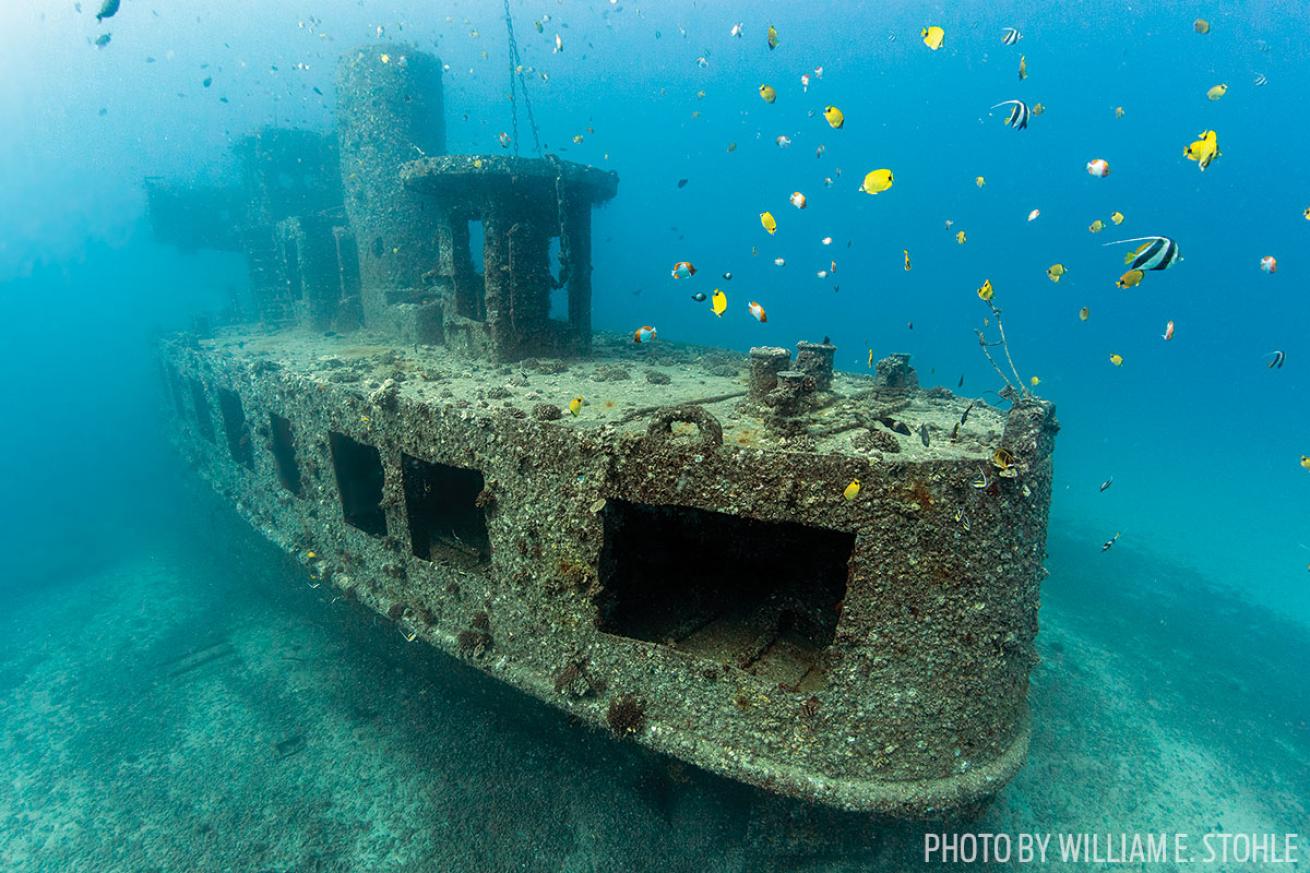
William E. StohleArchipelago, Hawaii
Hawaii
Dive Oahu’s favorite shipwreck, the YO-257, a 165-foot-long former Navy refueling vessel with plenty of options for penetration and strong current that brings in the big boys like tiger and Galapagos sharks.
Maldives
Archipelago diving often means thrilling drifts. Case in point: Kuredu Express, a Maldivian dive site on Lhaviyani Atoll that serves up eagle rays, tuna, mantas and more.
Fiji
Base in Kadavu to access the Great Astrolabe Reef, where sites like Eagle Rock dish up a rainbow of hard corals frequented by spotted eagle rays and Napoleon wrasse.
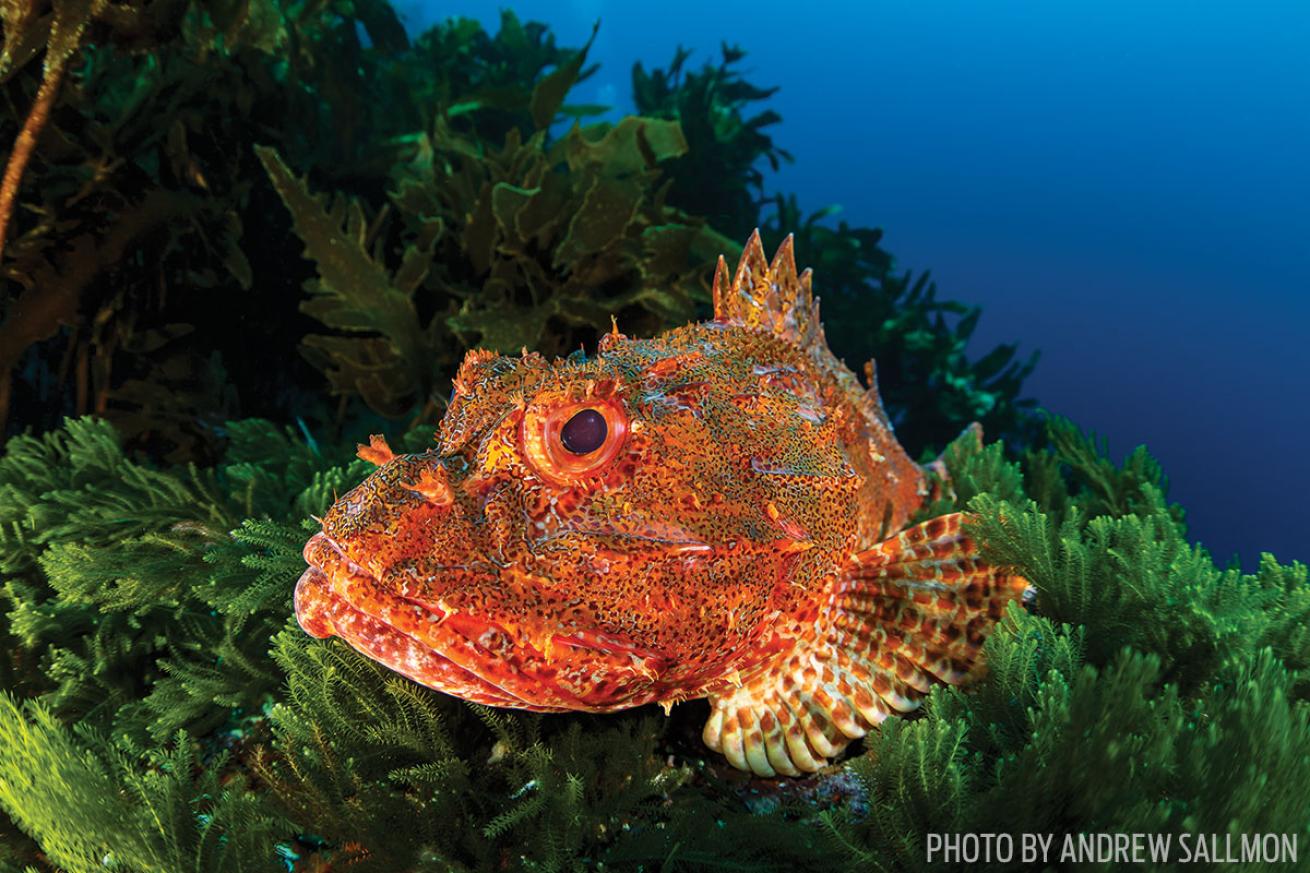
Andrew SallmonArchipelago, New Zealand
New Zealand
Hit the Poor Knights Islands to see subtropical coral gardens and spectacular underwater arches fluttering with orange and white nudibranchs and schools of blue maomaos.
Norway
Dive dry in the Lofoten Archipelago, just north of the Arctic Circle, to fin your way through kelp forests and among slack-jawed wolf eels and enormous anemones.
Japan
A pyramid monolith that looks like Mayan ruins and rectangular rock formations at the “Japanese Atlantis” are among the bizarre sights at Yonaguni Island, the country’s westernmost point.
Looking for more thrilling dives?

